Management of Occupational Health and Safety 6th Edition by Lori Francis Bernadette – Test Bank
Chapter 3—Workers’ Compensation
MULTIPLE CHOICE
1. After incurring a serious injury at the paper mill, Jim Larue went back to school and retrained as a
pharmacy assistant. What type of Workers’ Compensation income support might he receive in his
new job to ensure his previous income is maintained?
a. none, he will just receive his new wage
b. a disability pension on top of his new wages
c. a rehabilitation benefit on top of his new wages
d. an earnings loss payment on top of his new wages
ANS: d
PTS: 1
REF: p. 61
BLM: Higher order
2. The Workers’ Compensation Act is founded on which of the following principles?
a. collective liability for employers
b. a system that allows for recourse to the courts
c. compensation based on organizational earnings
d. compensation based on who was at fault
ANS: a
PTS: 1
REF: p. 55
BLM: Remember
3. The Workers’ Compensation Board is responsible for making which of the following decisions?
a. whether the worker was negligent
b. how long the rehabilitation period will be
c. the class and rate group for to which an employer belongs
d. what type of new occupation an injured worker should pursue
ANS: c
PTS: 1
REF: p. 55 & 65
BLM: Remember
4. What is the first consideration in determining an employer’s WCB premiums?
a. rate group
b. industry classification
c. number of employees
d. employer’s safety record
ANS: b
PTS: 1
REF: p. 65
BLM: Higher order3-2 COPYRIGHT © 2014 by Nelson Education Ltd.
5. Via Rail is Canada’s passenger railway, whereas CN Rail is a freight/cargo railway. What WCB
liability do these organizations face?
a. They both have individual liability for injuries/illnesses.
b. They both have collective liability—the same as all other organizations.
c. Via Rail has collective liability, whereas CN has individual liability.
d. Via Rail has individual liability, whereas CN has collective liability.
ANS: a
PTS: 1
REF: p. 56–57
BLM: Higher order
6. What is meant by a presumptive provision?
a. presumption that the worker was at fault
b. the presumption that the employer was at fault
c. presumption that an injury/illness is work-related
d. presumption that the worker will be able to return to work
ANS: c
PTS: 1
REF: p. 57
BLM: Remember
7. What are the three types of WCB rehabilitation?
a. vocational, physical, and retraining
b. physical, retraining, and social
c. vocational, physical, and social
d retraining, vocational, and social
ANS: c
PTS: 1
REF: p. 64
BLM: Remember
8. Helen worked in a fireworks factory for 25 years. After she took early retirement, her doctor told
her that her long-standing health issues were due to lead poisoning from materials that are now
banned. What factor will be given serious consideration in assessing her WCB claim?
a. how old and how sick she is
b. whether the employer told her of the risk
c. the latency period between exposure and illness
d. whether she is already getting a retirement pension
ANS: c
PTS: 1
REF: p. 65
BLM: Higher order
9. Which of the following reflects how Workers’ Compensation Boards view the social benefit of
compensation?
a. Compensation gets reluctant workers back to work.
b. Compensation makes up for your pain and suffering. Test Bank to accompany Management of Occupational Health and Safety, 6e 3-3
c. Compensation is a cost that must be tightly managed.
d. Compensation helps you remain active in your community.
ANS: d
PTS: 1
REF: p. 62–63
BLM: Remember

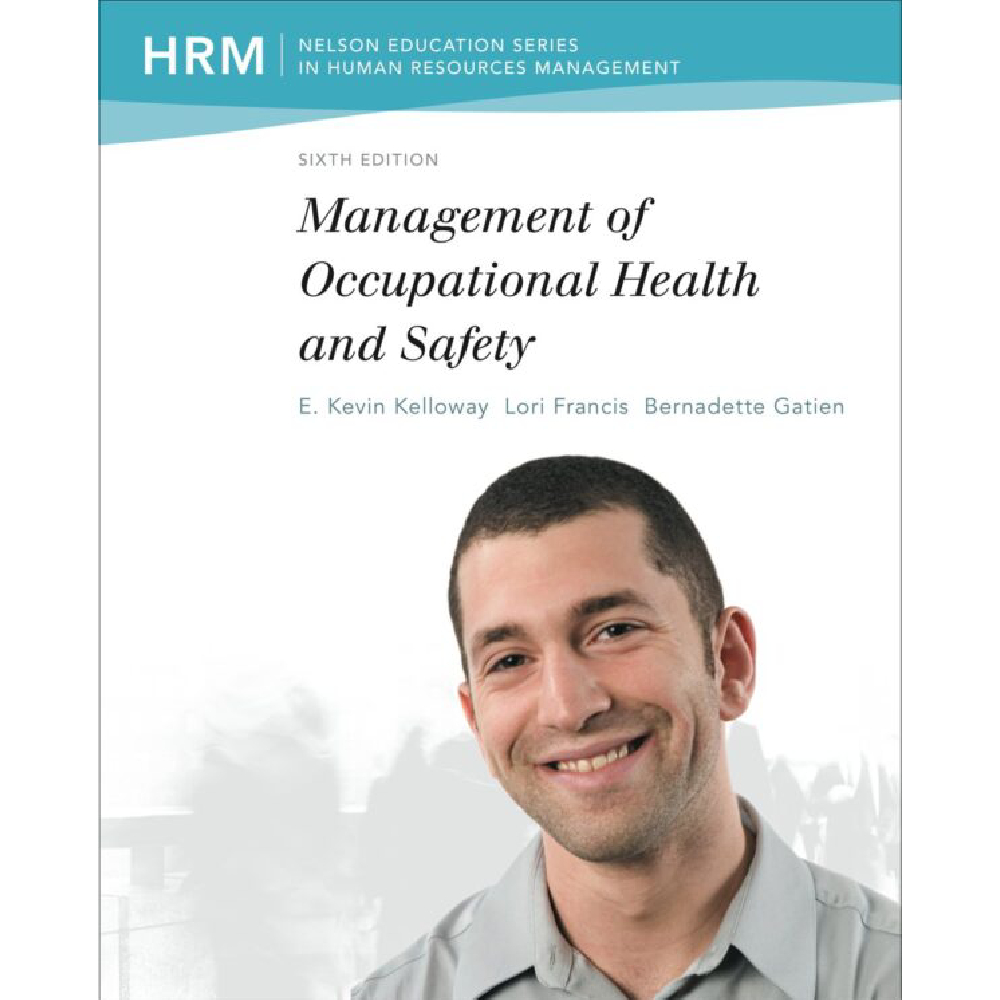

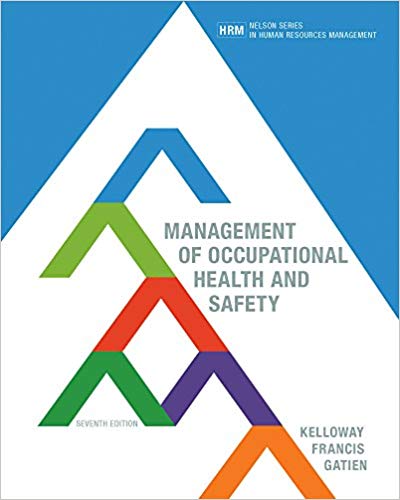



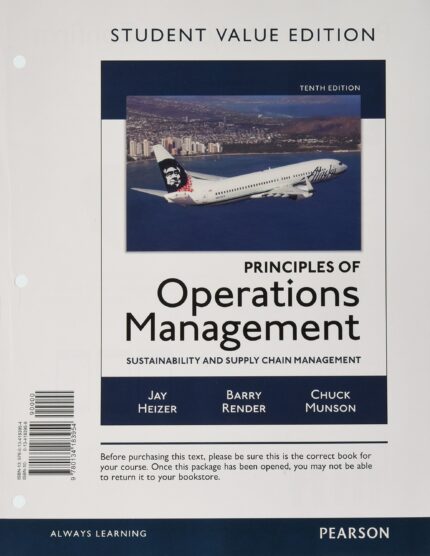

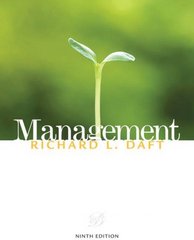

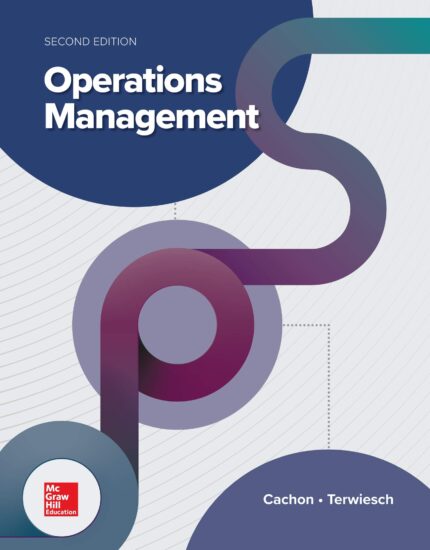
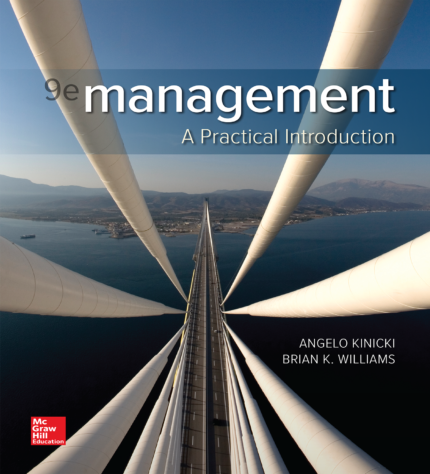
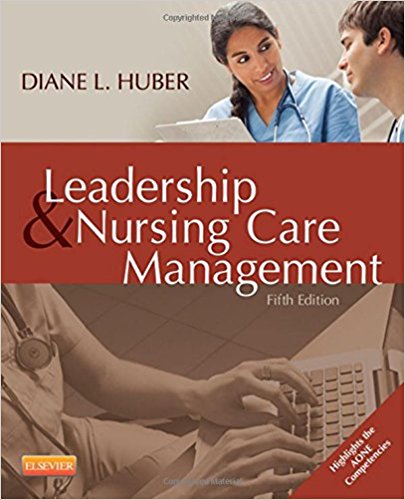
Reviews
There are no reviews yet.